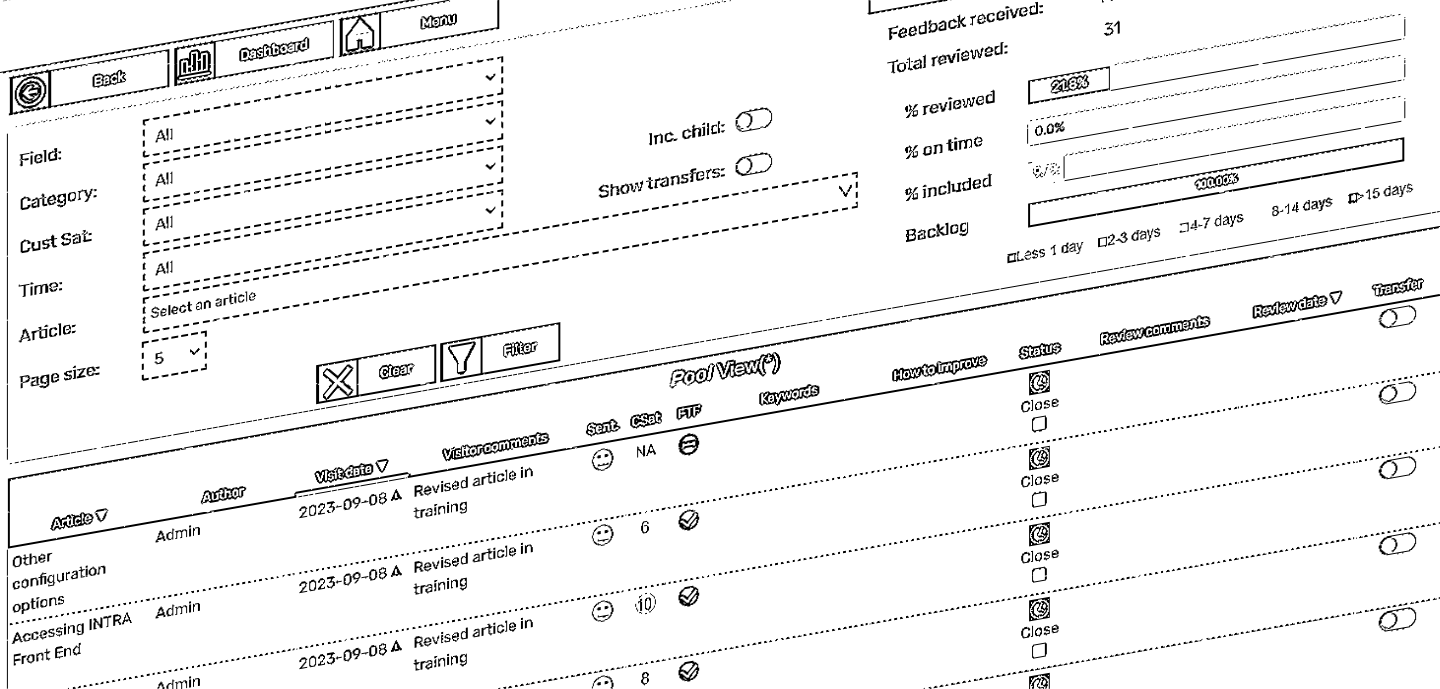Just as a starting point: have you thought about the amount of knowledge stored in your organization’s laptops, memory sticks, external drives,…? Do you think it will be easily shared?
Even if this is just an anecdote, when you are facing the implementation of a Knowledge Management System (KMS), one of the topics very often put on the table is the discussion about centralized or decentralized approach. It is not rare that within organization senior management different opinions may exist about the need to maintain regional, national or business unit or product particularities. Most of the times, discussion about centralized/decentralized is a source of conflict between management, when some actors may consider that their area of influence is being limited, putting at risk the success of the project.
From a high-level perspective, If we consider a centralized managed system, employees create knowledge that is stored and organized and maybe only accessible within the organization. This approach may collide with the internet-cloud-metaverse era. But in fairness, for some organizations, where security and process management are a must and, even information may be binding to customers, this approach is still relevant: you can find examples on several verticals: financial & insurance, health, pharmaceutical & biotechnology, or government. Under this model, a common source of information is available, removing silos and conflicting information from the equation. Additionally, common processes and procedures for Quality, Workflow and Monitoring are available.
On the other hand, decentralized managed systems may fit companies with mobile employees, providers/suppliers or users/customers. Without considering who owns the supporting platform, in decentralized systems, the responsibility of creating, sharing, and managing content lives with authors or content creators. This approach is more versatile but brings other problems into the equation: processes and procedures for structuring, managing, and sharing contents, may be set at individual level by authors, which may lead to content discrepancies, visual differences or inaccessible knowledge to the broarder user community.
We mentioned before that we are in the internet-cloud-metaverse era. That’s relevant and will influence for sure the KM strategy. But on top of that, the talent is global, and you would like to capture the knowledge of that global talent, wherever is located, if you want your organization to go into the next level of execution success.
So, what to do? To get some clarity on this point, let’s come back to the ultimate knowledge management aim: spreading information across organizations in ways that impact performance. You can formulate this as “sharing best practices” as well, a kind of shortcut. With this in mind, some aspects become key when setting the strategy:
- KMS must improve content accessibility, providing access to updated information.
- KMS should bring consistency to the content: structuring, organizing and even visual aspect.
- KMS must include content life cycle management rules. Otherwise, you may be creating an obsolete monster in a few months.
- KMS needs to be managed, which requires measurement.
So, at the end, it seems that maybe a good approach could be a “mixed model”, with the following characteristics:
- Common platform: information must be stored in a single place, accessible to both creators and users.
- Content creation: even though authors must have the liberty of using their creativity in generating impactful content, aspect matters so, common organization, structure and design rules are required.
- Management framework: it is a combination of life cycle and workflow rules, with reporting capabilities addressing the performance impact on the organization (no more page visits, please!!!).
SHA is a Simple, Agile, Connectable, Easy to Use, Easy to administrate platform despite its internal sophistication.

